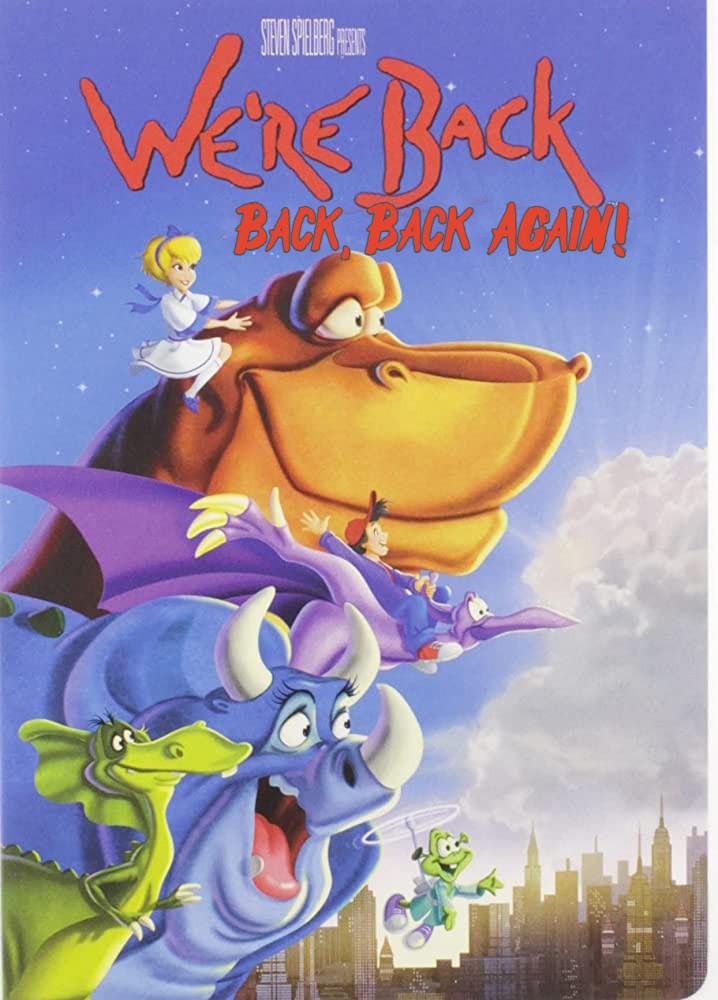
by Kevin Gilligan | Mar 23, 2023 | Podcast
After taking a much needed break, the Geeks OUT Podcast is back! Kevin (@Gilligan_McJew) is joined by special guest Bobby Hankinson (@bobbyhank) as they discuss the news about this year’s DC Comics Pride lineup and get #DownAndNerdy as they talk about all the...
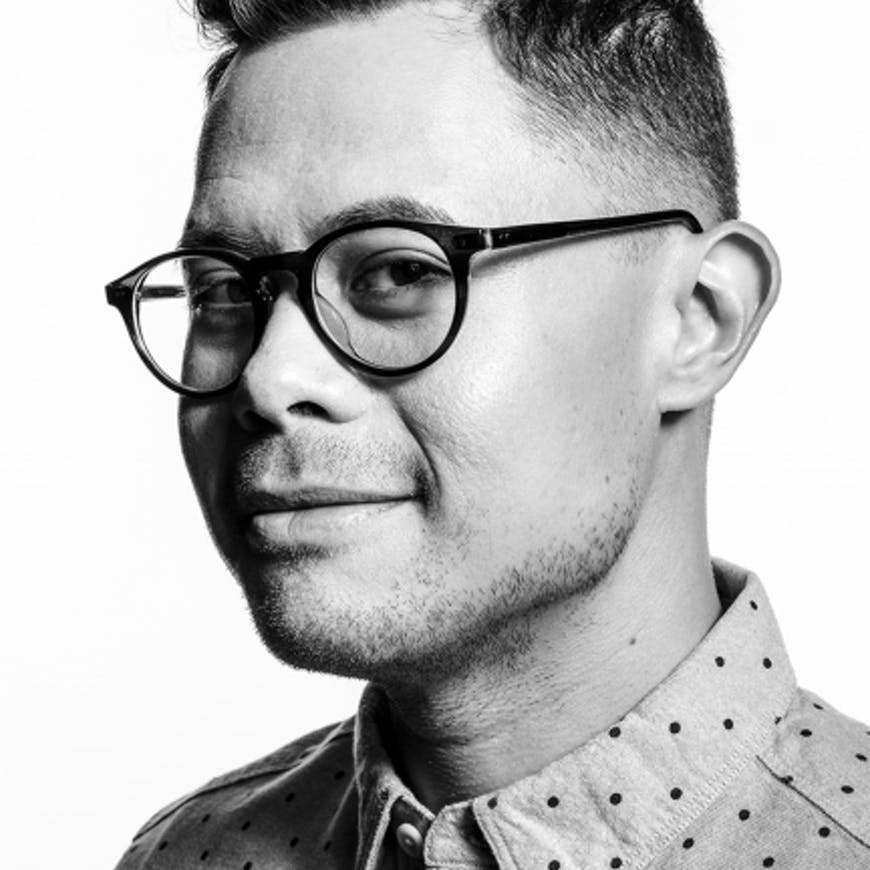
by Michele Kirichanskaya | Mar 22, 2023 | Blog
Mike Curato is the award-winning author and illustrator of the Little Elliot series and the graphic novel Flamer and has illustrated a number of other books for children, including What If… (by Samantha Berger), Worm Loves Worm and All the Way to Havana. I had the...
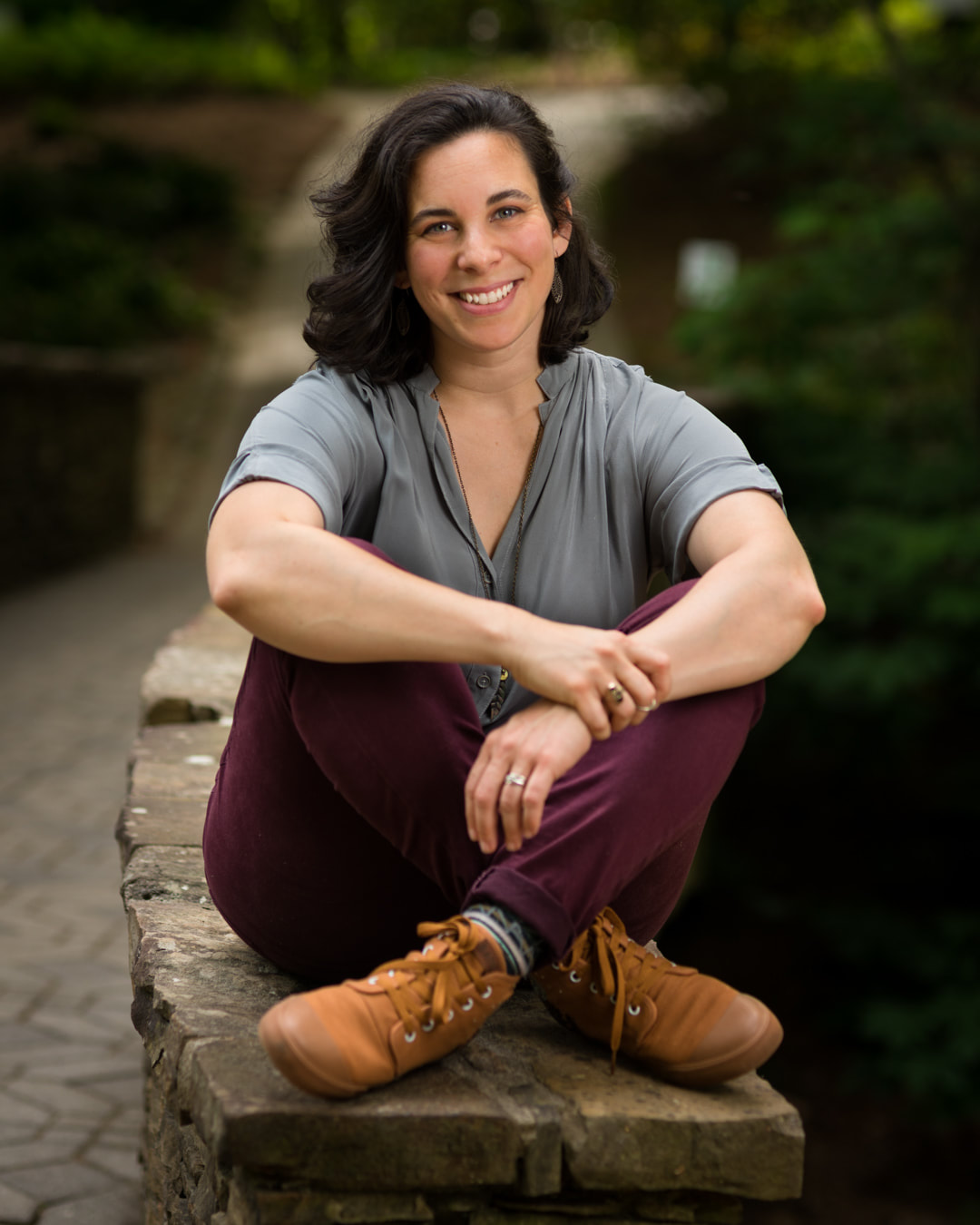
by Michele Kirichanskaya | Mar 19, 2023 | Blog
Emily B. Martin splits her time between working as a park ranger and an author/illustrator, resulting in her characteristic eco-fantasy adventures. An avid hiker and explorer, her experiences as a ranger help inform the characters and worlds she creates on paper. Her...
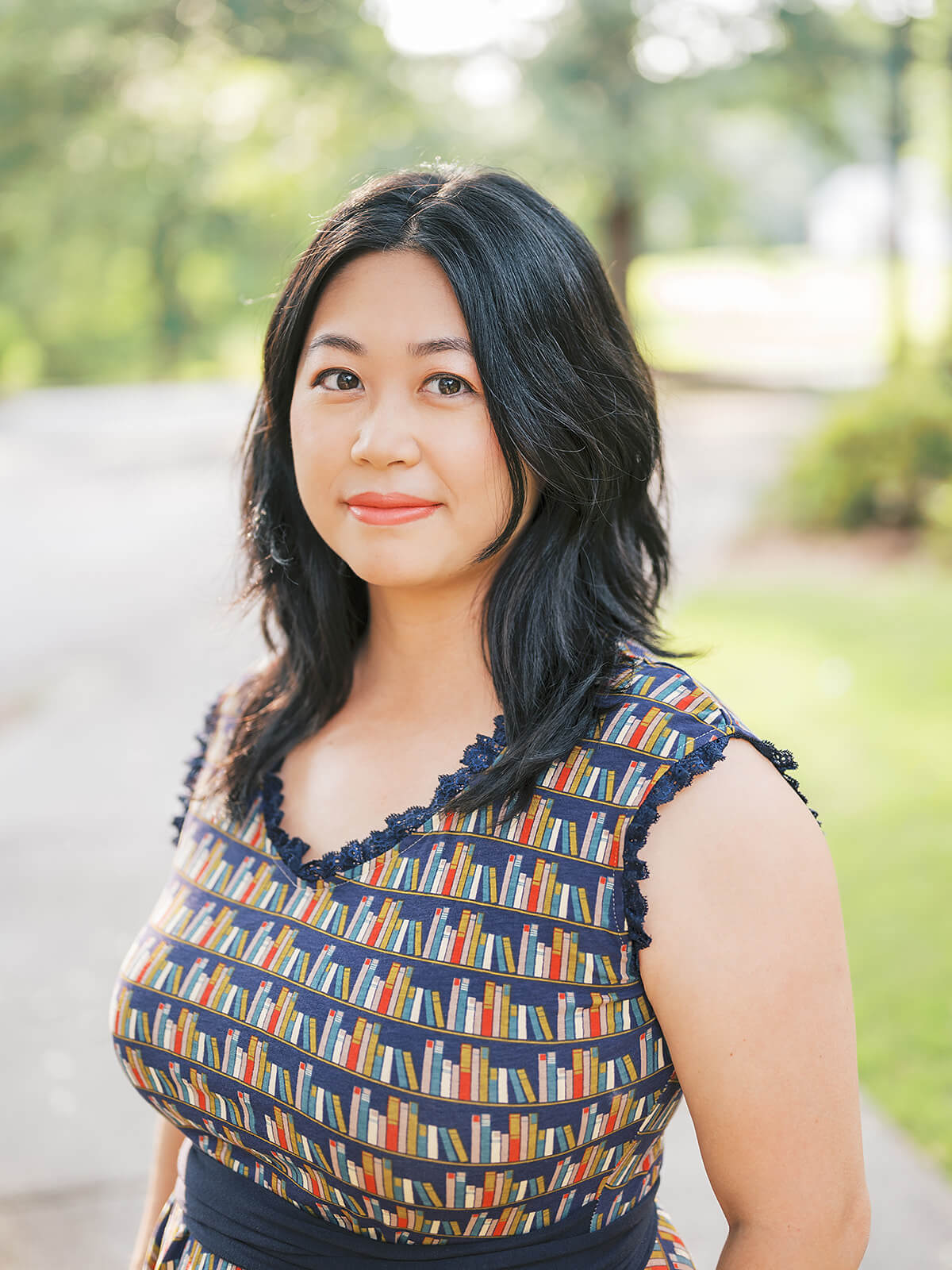
by Michele Kirichanskaya | Mar 17, 2023 | Blog
Mia Tsai is a Taiwanese American author of speculative fiction. She lives in Atlanta with her family and, when not writing, is a hype woman for her orchids and a devoted cat gopher. Her favorite things include music of all kinds and taking long trips with nothing but...
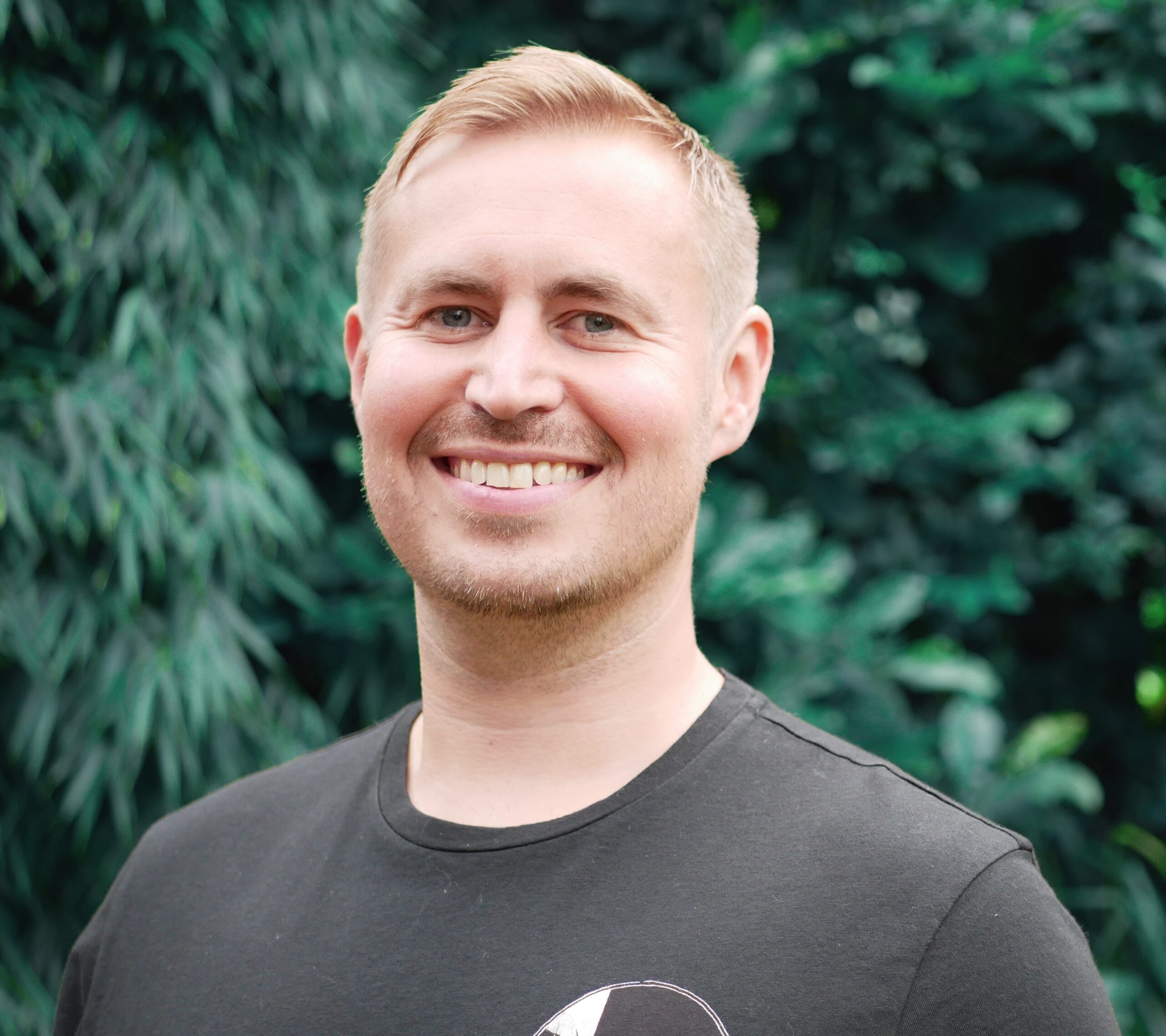
by Michele Kirichanskaya | Mar 15, 2023 | Blog
Ian Eagleton is an education consultant, author, and elementary school teacher based in the UK. He is also the founder of The Reading Realm, an educational app for teachers. I had the opportunity to interview Ian, which you can read below. First of all, welcome...






